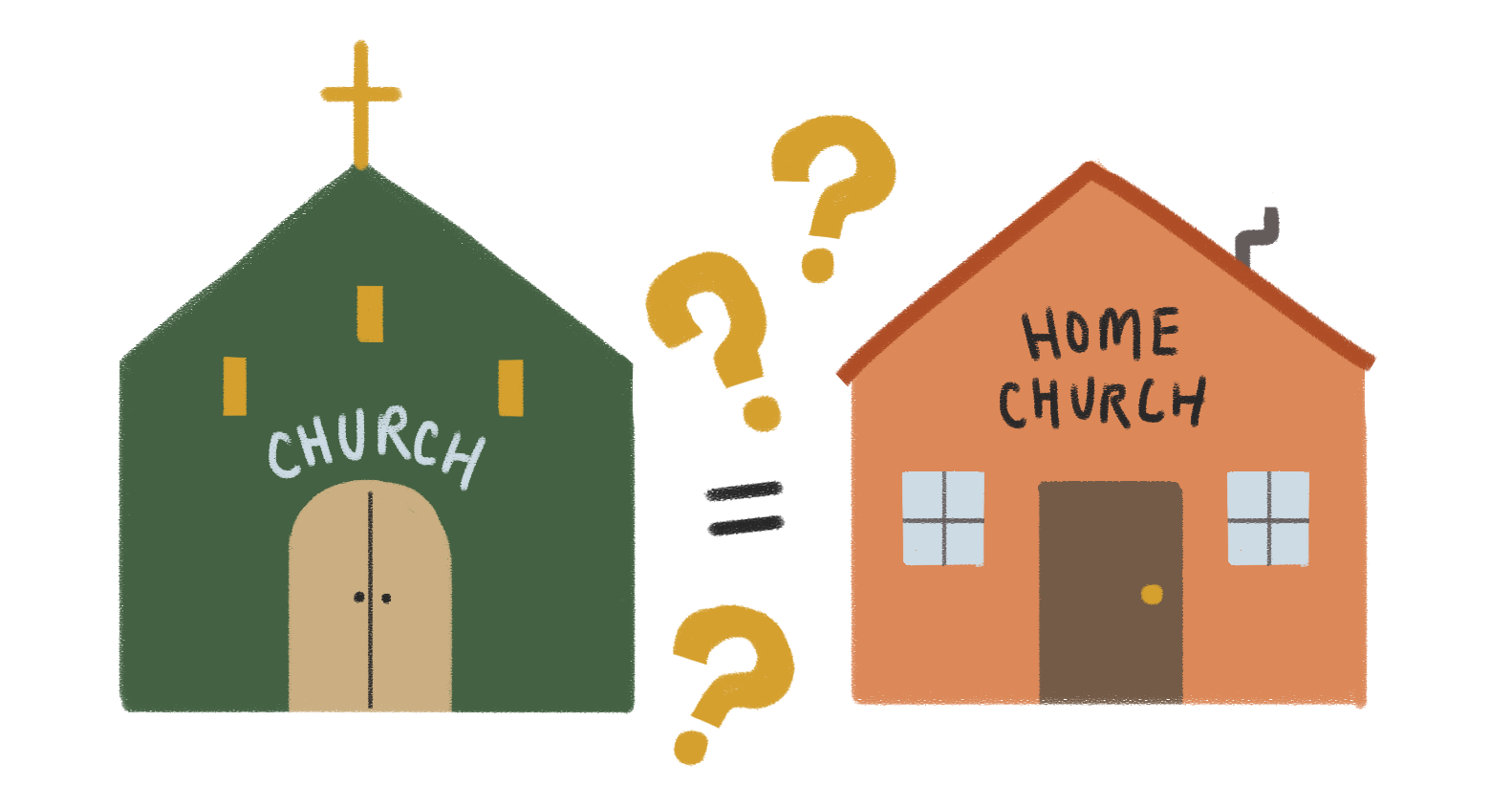Back in 2020, when COVID was rumbling, the senior leadership of 3:16 Church felt that God was shaking up the nations and leading us towards the Acts church model, which is a church made up of small groups.
Pastor Ian, our senior pastor then said, “Let’s not wait to be told what to do. Let’s follow the leadership of the Holy Spirit.”
Hence, we decided to decentralise into 15 different home churches and to not meet as a whole church for the next few Sundays. We decided to meet as a church online before the government even announced about Circuit Breaker.
To be honest, 3:16 did not have a robust cell group structure at that point. Not everyone was planted in a cell group. But this was the move that pushed all of us into small groups.
When the following Tuesday came and the government started the Circuit Breaker, we were somewhat prepared for it because we already planned to break into smaller groups. We just had to move the home churches online.

And because we had this model, we were not affected by the fluctuating changes of the Circuit Breaker restrictions. We simply stuck to the home church model.
This context is important because it was the reason we did home church. For us, it was about discerning the signs of the times and knowing what we need to do accordingly. It is about the church understanding where God is moving and how we can move along.
This is not just about the leaders. It is about the whole church stepping out in faith.
The church must be an essential service
When the economy started opening up, we had to ask ourselves whether we wanted to carry on with the home church model or to go back to “business as usual”.
My heart broke when we saw others going back to business as usual. It was unthinkable that the church was considered as an unessential service when COVID hit – after 2,000 years, the Church of Jesus Christ was considered an unessential service!
As a leadership team, we decided that it could not be like this. So we decided to give up our lease at Capital Tower. It was a very beautiful and very comfortable place, but we decided to give it up and go all in on the home church model.
When we had to meet as a whole church, we would rely on other churches and use their venues for our Sunday afternoon service. Many churches were helpful and opened their doors for us, possibly because we have served the Body of Christ through TrueLove.Is and HeartBeat Project.
At the same time, the Lord was also leading us into the space of justice and mercy. I believe that one of the reasons why churches were considered unessential is because we weren’t involved in justice and mercy as much as we should have been.
If every Sunday, we were loving as much as we were receiving the teaching of the Word, we would not be considered unessential.
When churches outsource our conscience to a social service agency, we are putting our lamp under a bushel. This is because these agencies often have a “private” status; we can’t announce that we are a church. Stuck in a loop, churches will always be considered as unessential in that way.

Hence, we thought that the home church model would give us room to activate the whole church in the areas of justice and mercy.
We integrate all the Acts 2 elements – the teaching of the Word, fellowship, prayer, communion and breaking of bread – into Sunday.
We free up the weekdays for our members to meet their pre-believing friends, or to participate in our justice and mercy initiatives.
One of the fruits of this season – we’ve started Brave Club which ministers to special needs children. We have about 100 attendees every month, and 50% of them are pre-believers.
What exactly is our home church model?
Previously, we did “Big Church” in the first week of every month, when the whole church meets together. For the other Sundays, we’d meet in our homes. We learned this from Acts 5:42.
Now, we are moving into what we call the Home Church 2.0 model.
- Week 1: Big Church
- Week 2-3: Home Church
- Week 4: Congregational services such as youth service, young adults service and family service
- Week 5: Fivefold ministry
We want to focus on the fivefold ministry, which is based on Ephesians 4:11-16. Previously, we had apostolic services that addressed complicated issues in society, but this year we are shifting our focus onto prophecies and evangelism.
The goal is that we will grow in all five areas as a church.
On top of these services, we encourage every member to get involved in Brave Club, TrueLove.Is, Heartbeat Project, X Conference and so on. The idea is that we should all serve the Body because we are not meant to be an inward-looking church.
My hope is that through all these, the church will no longer be considered as an unessential service. Because we are serving the poor, the needy and the marginalised in society.
And more importantly, I hope we will be an End-Times-ready church. Even if something like another pandemic happens, our home churches will become autonomous small churches that can function on their own.
Churches like constellations
God showed me a vision: home churches are like constellations. When God asked Abraham to look at the stars, that was a vision that represented the family of God.
But if you look at the church structure today, it’s often more like a model in “Egypt”; it’s a pyramid model with a few pastors on top, and everyone is kept within the structure. As a result, there is sometimes an unhealthy emphasis on titles and positions.
My heart for the constellation model is that everyone can be a home church pastor, everyone can play the role of a pastor.
We must also understand that home church is not just doing cell groups on a Sunday. That is just doing an old thing in a new way.
While home churches still have a centralised video teaching, everything else is done by the home church leaders. They will lead the worship and the discussions.
The goal is that eventually, these home churches will become autonomous churches. We want to see these home church leaders released as pastors who can run church services on their own.

Megachurches are very effective and efficient in reaching pre-believers. When people ask members of a megachurch what church is about, they can easily invite them to church and experience a service.
But when people ask us what the home church model is, it’s hard to explain because it’s very foreign to them. It’s so unique that people sometimes find it hard to understand what we do and why we do what we do.
We are trying our best to share more about home church through our social media. But I think this is something that we have yet to crack the code on, because people are already very used to how church services tend to be run in this day and age.
You must be spiritually alive
“By this everyone will know that you are my disciples, if you love one another.” (John 13:35)
Regardless of what model your church uses, you need to ask yourself if you are just a face in the crowd, or if you have a seat at the table.
The church community must be a place where you can find a spiritual family to do life together. Don’t just gather weekly to maintain the status quo of a church-goer.
Are we growing spiritually? Are we serving the Body? Are we loving the last, the lost and the least? This is how we know if we are spiritually alive.










